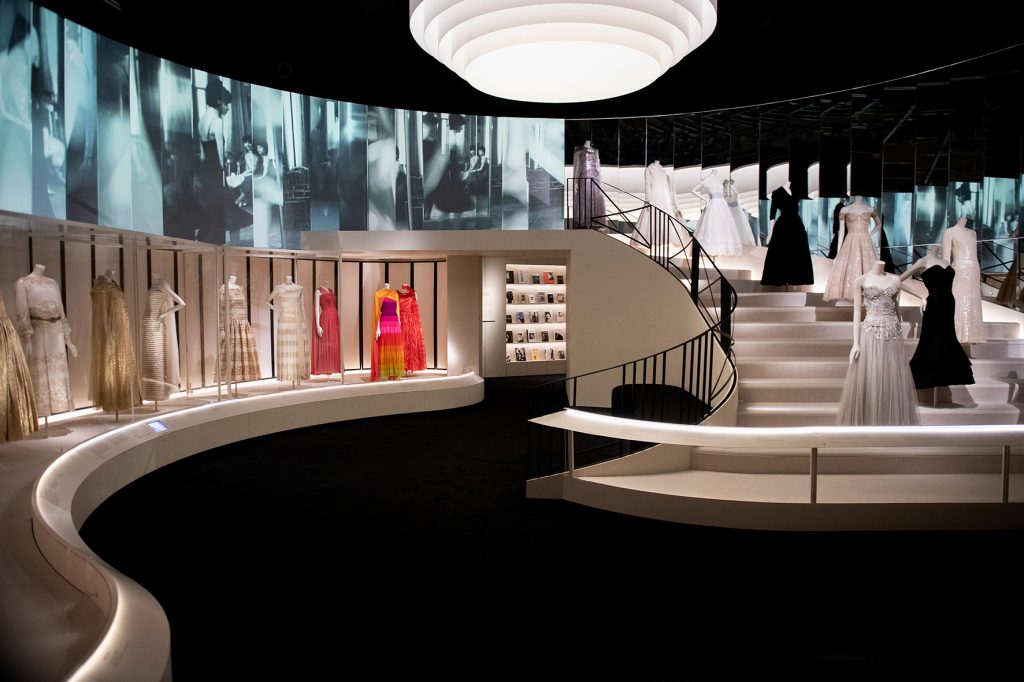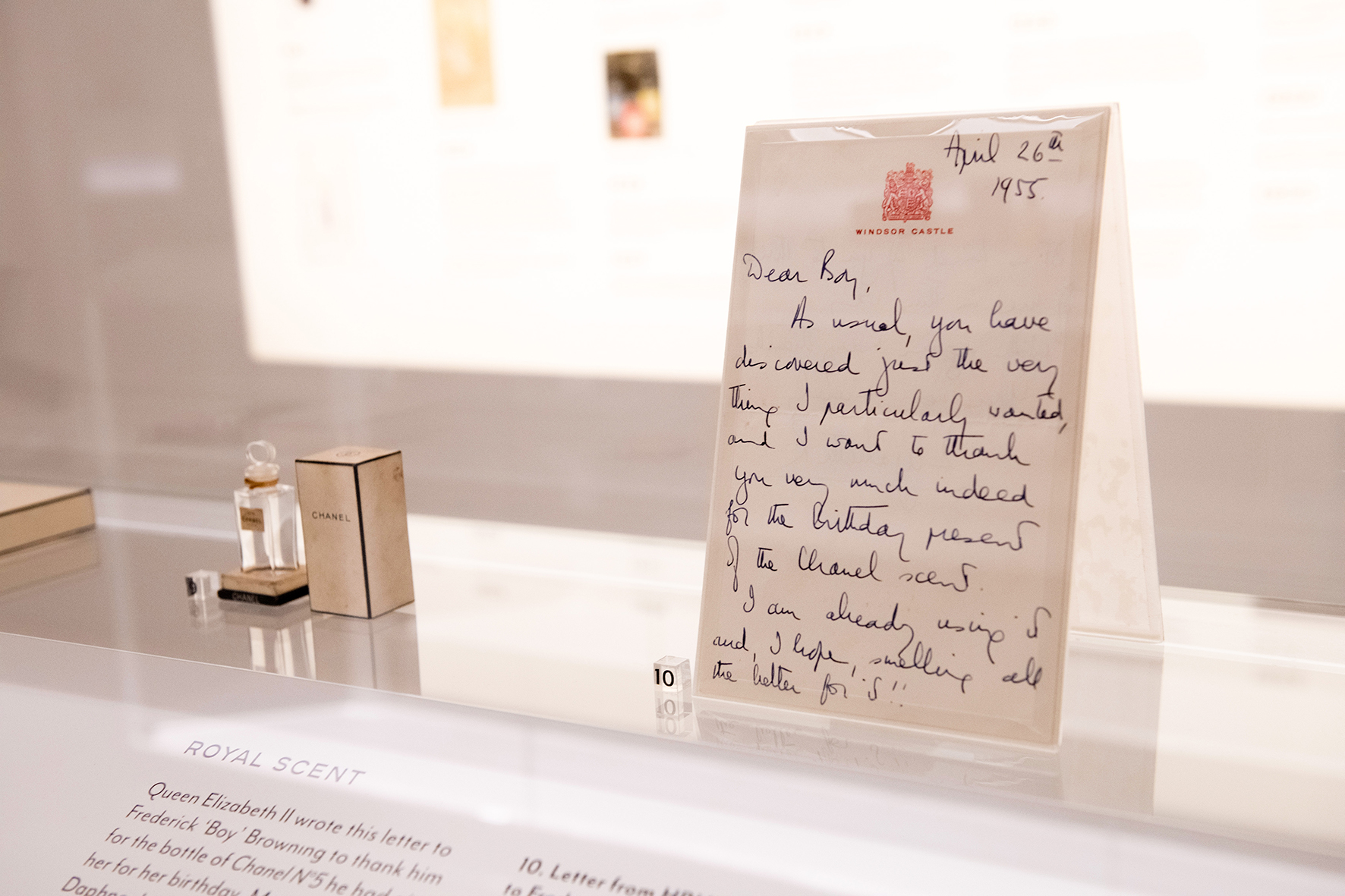Always in London, always time for friends – and at least one museum visit.
Luckily, during this short stay, the V&A Museum was still hosting Gabrielle Chanel: Fashion Manifesto.
As a style editor, this exhibition is more than a spark of inspiration. And as for me, it’s also personal: my first perfume – a gift from my mother – was Chanel No. 5. One of my first loves in fashion.
The V&A’s curation of over 200 looks offered an intimate view into Gabrielle Chanel’s lifelong pursuit of style: her belief in ease, elegance, and her obsession with refining rather than reinventing. Her legacy is built on reinvention within consistency – a woman who shaped the modern wardrobe long before we had names for it.



With this amazing exhibition in mind, I looked again at the codes that built the House of Chanel. These are more than heritage: they’re style pillars still echoed across runways and wardrobes today. Here are eight iconic Chanel designs that changed the game. There are, of course, more than eight – but these are the ones I keep returning to, in styling, in stories, and in memory. A curated Chanel edit, from then to now.
Jersey, redefined
Jersey changed everything. Once considered a practical fabric for underwear and men’s sportswear, Chanel transformed its purpose into something supple, fluid and radical for women’s wardrobes. The 1916 silk jersey blouse with a sailor collar became a quiet revolution – comfortable and entirely wearable. Vogue declared: “Chanel is master of her art, and her art resides in jersey.” That still resonates.
The Little Black Dress (LBD)
In 1926, American Vogue called Chanel’s black day dress “the frock that all the world will wear.” With that, the LBD entered fashion history. A colour of mourning turned into a statement of chic elegance. Black became Chanel’s uniform for modern femininity.
Chanel No. 5
Over 80 ingredients. A square, minimalist bottle. An abstract scent with aldehydes that blurred the edges of individual florals. No. 5 wasn’t just a perfume; it was a manifesto. From Marilyn Monroe to my own mother, its trail is personal and universal.
The 2.55 Bag
Launched in February 1955, hence its name, the 2.55 was both beautiful and pragmatic. Quilted like a stable boy’s jacket, chain-handled like a piece of jewellery, and lined in burgundy so you could see its contents at a glance – this wasn’t just a bag, it was design with intent. Still in demand. Still iconic.
The Tweed Suit
Boxy, trim, and designed for movement, the tweed suit became the Chanel uniform from the 1950s onwards. It combined elegance and comfort like nothing else – worn by everyone from Grace Kelly to Jackie Onassis and Rihanna. Signature elements such as the chain-weighted hem and lion’s head buttons still inspire tailoring today. Quiet power dressing, long before the term existed.
The Two-Tone Shoe
A beige body to elongate the leg. A black toecap to visually shorten the foot. Add a slingback for ease, and you have the Massaro-designed classic Chanel shoe from 1957. It matched everything – because Chanel didn’t believe in buying shoes for each outfit. Practicality, again, elevated to elegance.
Costume Jewellery
Imitation pearls, enamel medallions, gilded lions, Byzantine-inspired cuffs. Chanel didn’t just accessorise – she weaponised jewellery. It was never about preciousness, but presence. Layers of costume jewellery turned her minimalist silhouettes into modern armour. Playful, powerful, and still a styling code today.
Hidden Icon: The Camellia
More than an ornament. The camellia – pure, scentless, and ever in bloom – became Chanel’s floral emblem. Iconic.
Discover more: www.chanel.com
All images, copyright and courtesy of Chanel.




